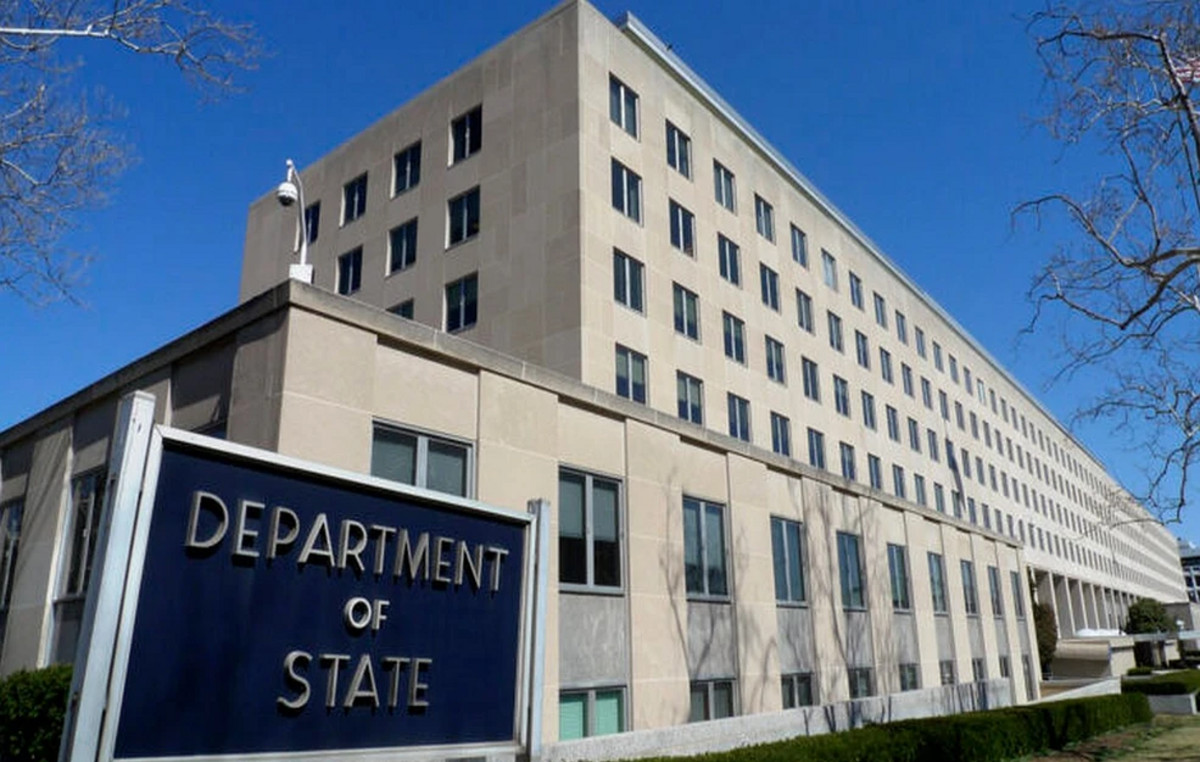Florida, North Carolina and South Carolina on Saturday faced a massive sweep of destruction from Hurricane Ian after one of the most powerful storms to ever hit the American mainland caused tens of billions of dollars in damage and killed more than 20 people.
New footage from the National Oceanic and Atmospheric Administration (NOAA) showed several beach houses and a hotel facility that lined the coast of Florida’s Sanibel Island were swept away by Ian’s storm. Although most of the houses were still standing, they appeared to have roof damage, the footage showed.
Ian, now a post-tropical cyclone, was weakening but still forecast to bring treacherous conditions to parts of the Carolinas, Virginia and West Virginia early Saturday morning, according to the National Hurricane Center.
“Large and even record-breaking river floods will continue in central Florida into next week. Limited, urban and small-stream flooding is possible in the central Appalachians and southern Mid-Atlantic this weekend, with minor river flooding expected in the coastal Carolinas,” he said.
The storm made landfall in the Gulf of Florida on Wednesday, turning coastal cities into disaster areas. On Friday (30), it hit the edge of Georgetown, north of the historic city of Charleston, South Carolina, with winds of 140 km / h.
Roads were flooded and blocked by trees, while several piers were damaged.
Approximately 1.7 million homes and businesses were without power in the Carolinas and Florida as of Saturday morning, according to tracking website PowerOutage.us.
Both the number of casualties and repair costs remain unclear, but the extent of the damage is becoming apparent as Florida enters its third day after the Ian’s first damage.
There were reports of at least 21 deaths, Kevin Guthrie, director of the state’s Division of Emergency Management, said Friday morning, noting that some of them remained unconfirmed.
About 10,000 people were missing, he said, but many of them were likely in shelters or without power.
Meanwhile, insurers braced for an impact of between $28 billion and $47 billion in what could be the costliest storm in Florida since Hurricane Andrew in 1992, according to the US property data and analytics firm. CoreLogic.
US President Joe Biden approved a disaster declaration, making federal resources available to counties affected by the storm.
“We are just beginning to see the scale of this destruction. It is likely to be among the worst… in the history of the country,” he said.
Biden also declared an emergency in North Carolina on Saturday.
Devastating
The town of Fort Myers, Florida, near where the eye of the storm first arrived, suffered a major blow, with several homes destroyed.
Hundreds of Fort Myers residents lined up at a Home Depot store on Friday on the east side of town, hoping to buy gas cans, generators, bottled water and other supplies. The line was as long as a football field.
Hundreds of miles to the north, in Georgetown, residents were also trying to reorganize their lives.
Source: CNN Brasil
I’m James Harper, a highly experienced and accomplished news writer for World Stock Market. I have been writing in the Politics section of the website for over five years, providing readers with up-to-date and insightful information about current events in politics. My work is widely read and respected by many industry professionals as well as laymen.







